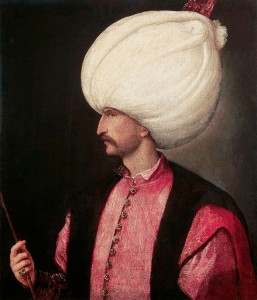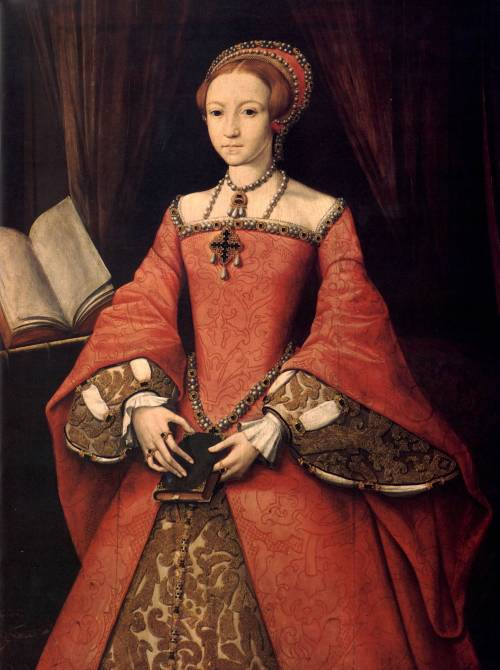
Suleiman the Magnificent
Traditional histories of 16th century Europe tend to highlight the exploits of Charles V, Francis I and Philip II but if you had asked a well-informed contemporary analyst of the international scene who was the most impressive monarch of the day he would have named - albeit reluctantly - Suleiman the Magnificent. The very title - 'Magnificent' - was bestowed by western observers. In his own land he was 'Suleiman the Lawgiver'. In 1520 he became ruler of a vigorously expansionist Ottoman sultanate determined to extend Sunni Islam, not only over Shia 'heretics', but also Christian 'infidels'. Having cut down to size the Shia caliphate of Iran and destroyed the 300-year old Mameluke caliphate of Egypt, Suleiman's father passed to his son an empire extending from Tabriz in the East to Dubrovnik in the West. The new sultan was ready to extend the Islamic state over Europe.
He attacked by land and sea. He planted strongholds along the North African littoral, making the eastern Mediterranean virtually an Ottoman lake. He advanced across the Danube, taking Belgrade in 1521. The road to Vienna, capital of the Holy Roman Empire, lay before him. In 1526, at the Battle of Mohács, he faced an army, under Louis II of Hungary, assembled to protect the frontier of Christian Europe. At the end of the day Louis and 15,000 Christian troops lay dead on the battlefield. Three years later Suleiman laid siege to Vienna and was only deprived of the great prize by bad weather. This did not deflect him from his goal, which was nothing less than revivifying the Roman Empire - now to be the Islamic State. The Venetian ambassador to England, watched with alarm Ottoman encroachments and warned,
'The Turk will make naval expeditions and ravage Puglia, perhaps as far as Rome, for Sultan Suleiman always says "To Rome!", "To Rome!" and he detests the Emperor and his title of Caesar, he, the Turk, causing himself to be called "Caesar".
When, in 1544, having inflicted further defeats on the forces of the Holy Roman Empire, he agreed a treaty with Charles V, the document referred to Charles not as 'Emperor', but merely 'King of Spain'. All visitors to Constantinople were impressed by the splendour of Suleiman's person and his court. One described a ceremony in which the sultan appeared wearing a gold chain so heavy that two servants had to flank him to help bear the weight.
Click here to read the rest of the article at Derek's blog...
Thank you to Derek for sharing this with us.



Leave a Reply